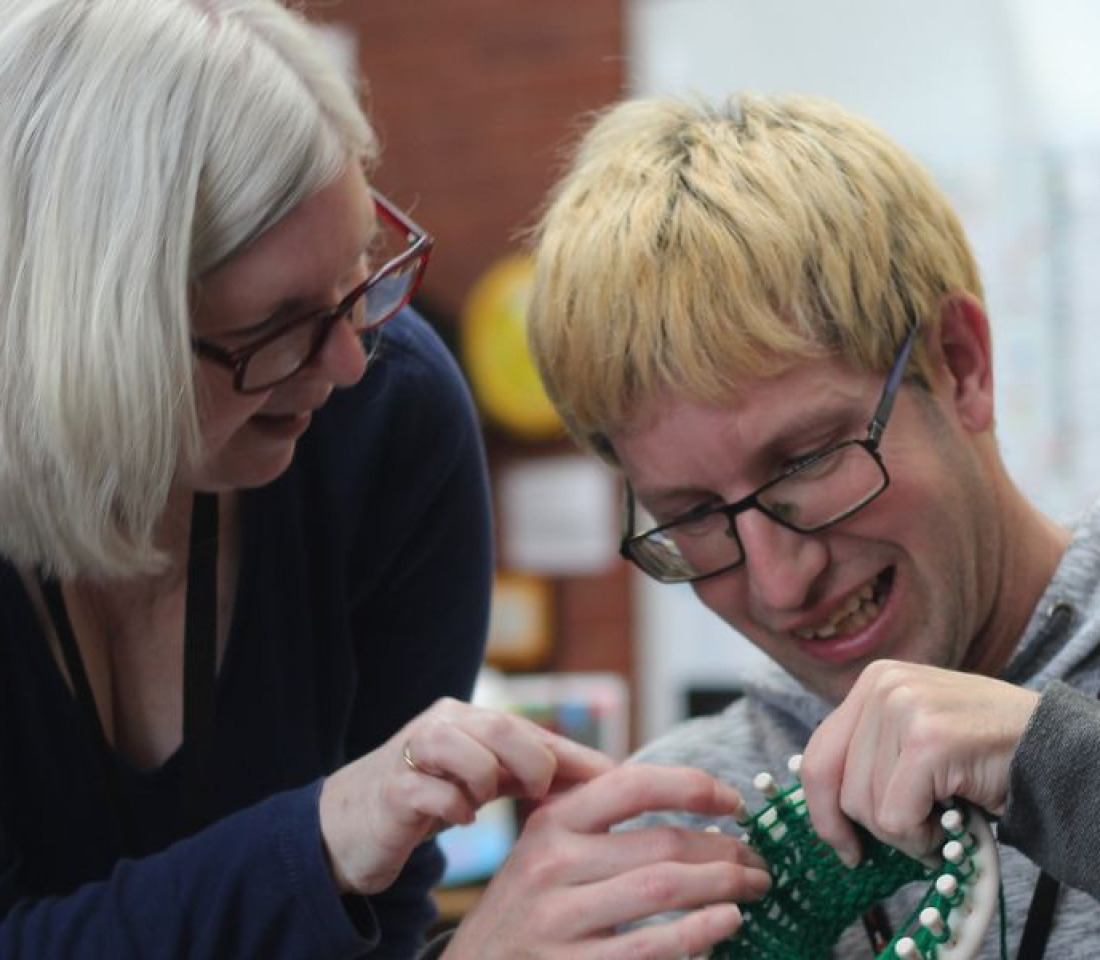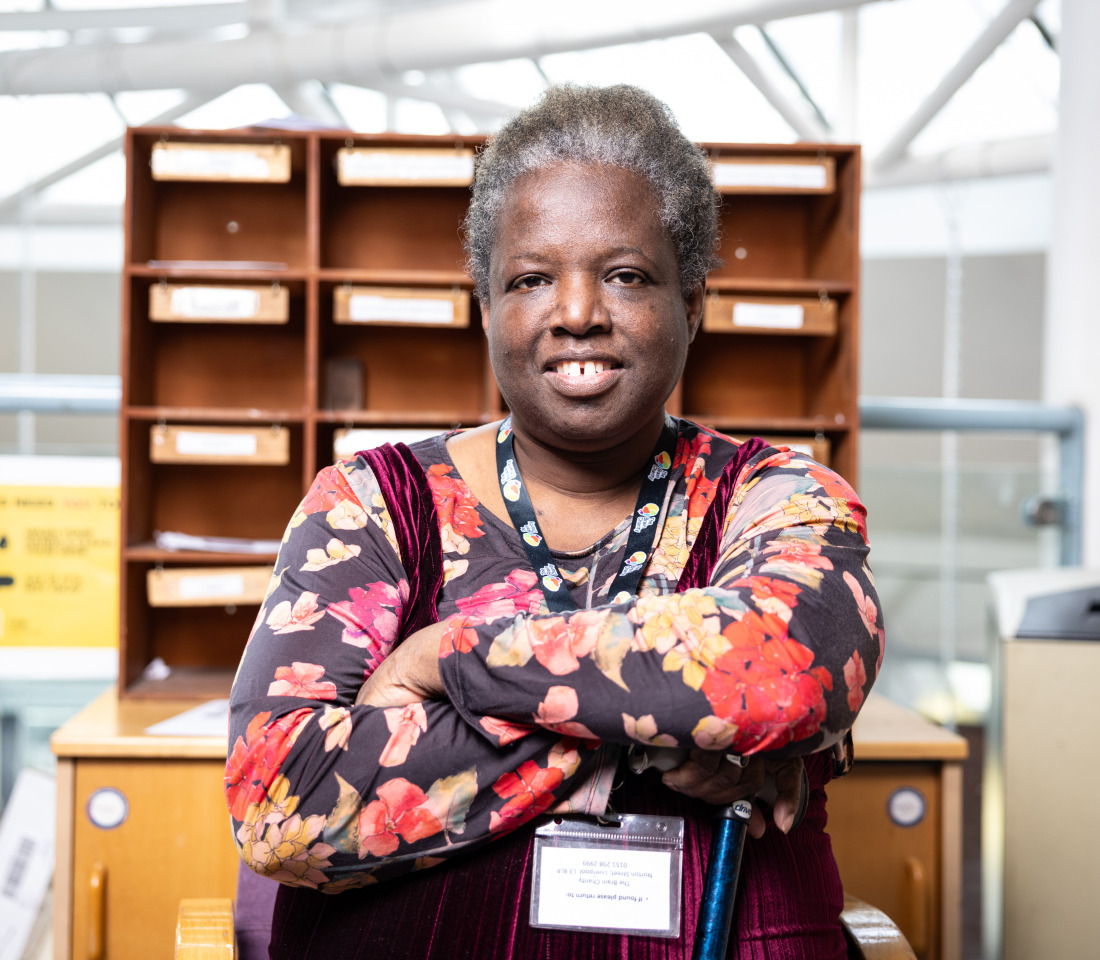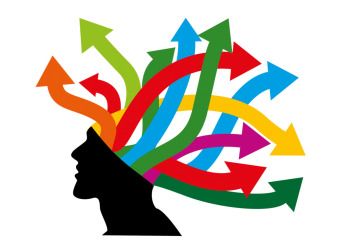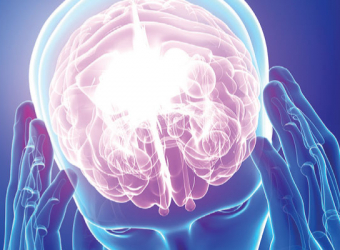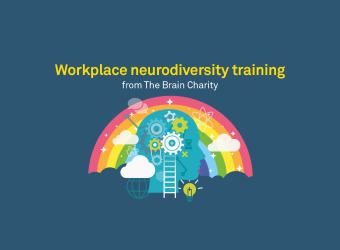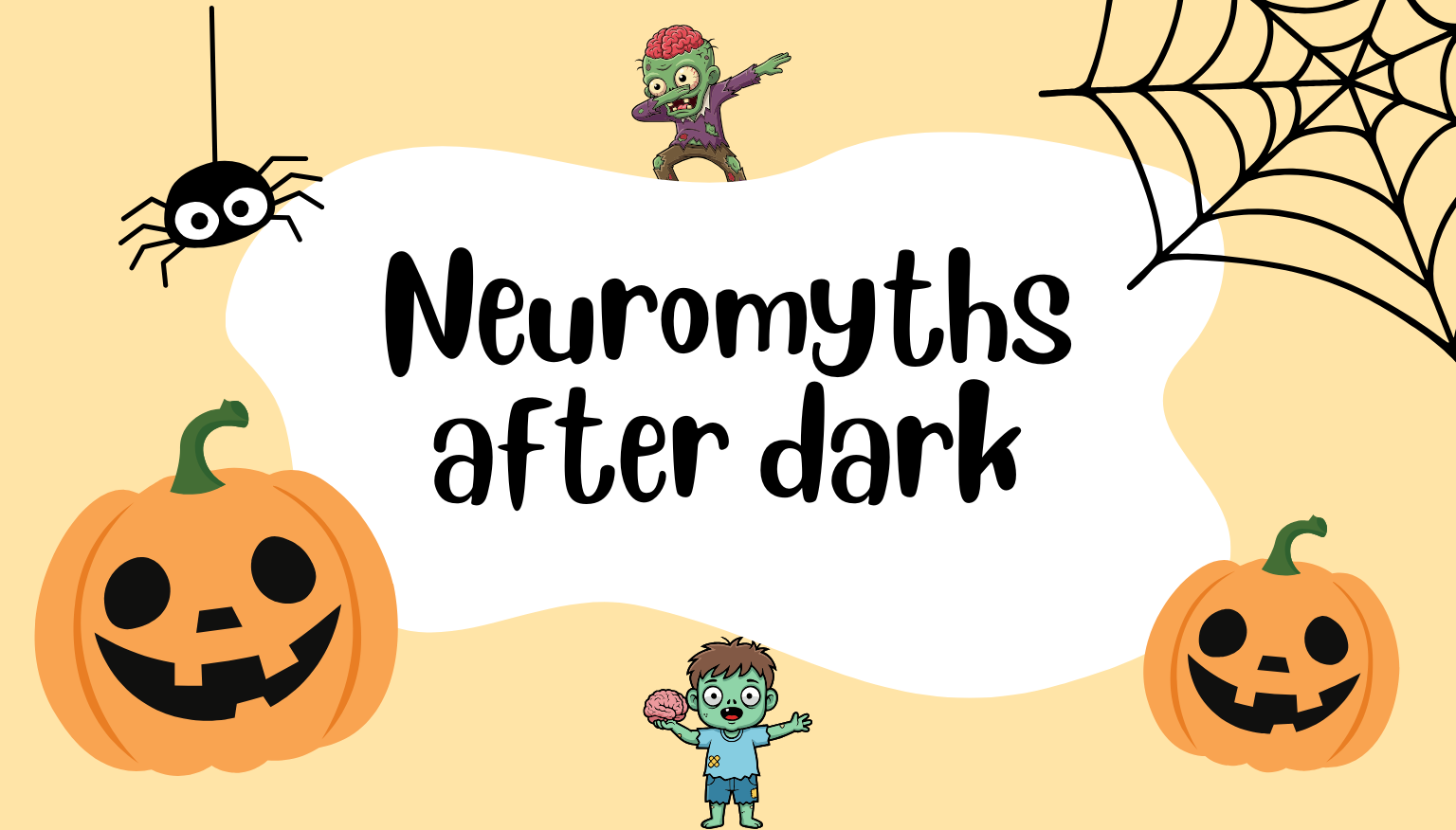
Neuromyths after dark: 8 brain myths we’re ready to bury
This Halloween, let’s put some of the brain’s biggest myths to rest.
At The Brain Charity, we believe understanding the brain should be based on evidence — not superstition. But even in 2025, some stubborn neuromyths continue to shape society’s views of intelligence, learning, and neurological differences.
These myths might seem harmless, but many fuel stigma and misunderstanding. Whether they show up in classrooms, workplaces or even healthcare, the consequences are real — especially for those who are neurodivergent or living with neurological conditions.
This Halloween, we’re ready to put these outdated beliefs to rest.
Myth 1: “You only use 10% of your brain”
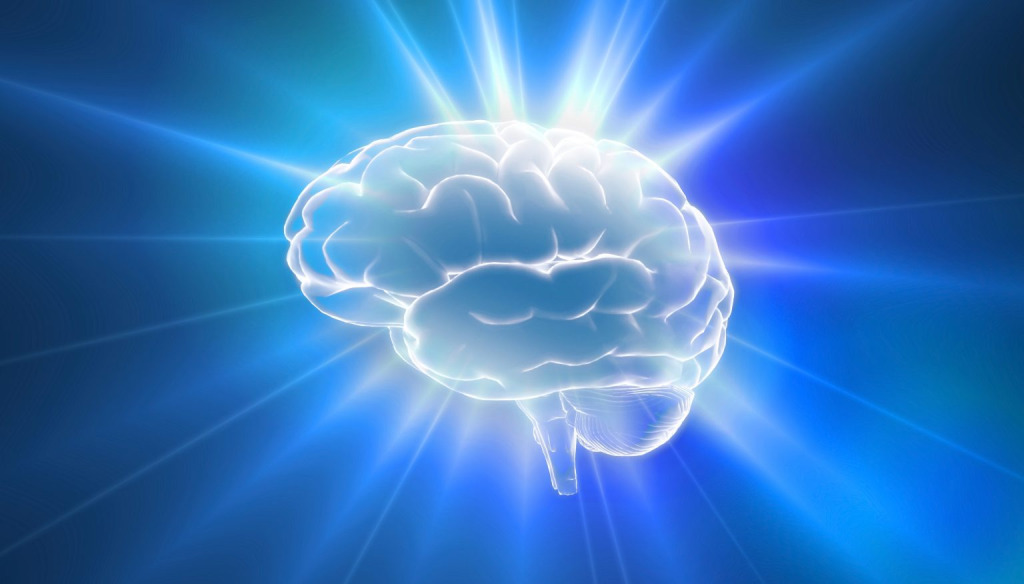
This is one of the most popular brain myths — and one of the most incorrect.
Brain imaging shows that nearly all brain regions are active throughout the day, even when resting or sleeping. While not every part is constantly firing, there is no evidence that 90% of our brains are dormant or unused.
Your brain is constantly at work — processing, sensing, remembering, planning — and doing far more than we often give it credit for.
Myth 2: “People are either left-brained or right-brained”
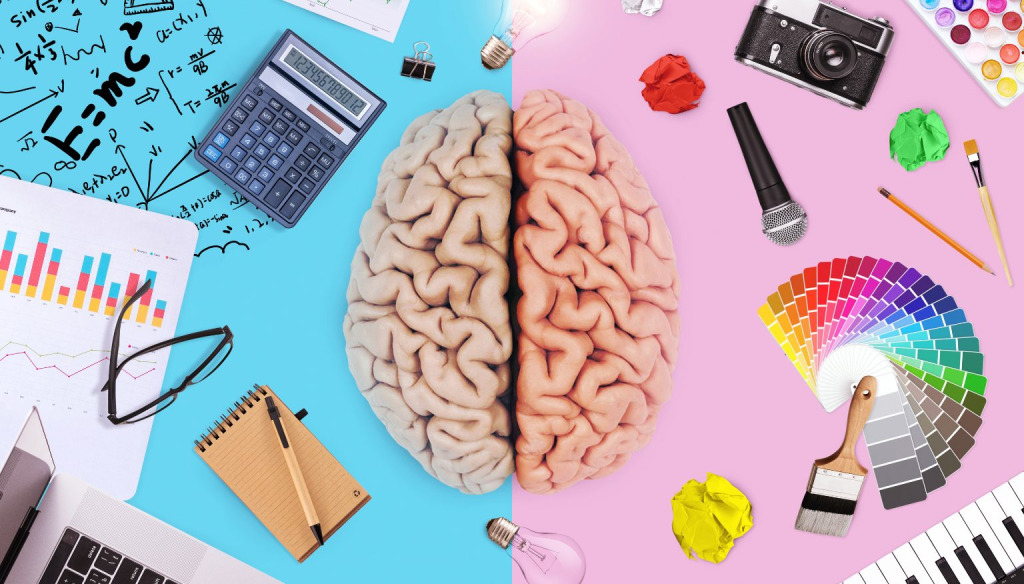
The idea that some people are naturally logical and analytical (left-brained), while others are emotional and creative (right-brained), is a myth based on outdated science.
It originally came from experiments in the 1960s, where scientists studied patients whose brain hemispheres had been surgically separated — or “cleaved” — in an attempt to treat severe epilepsy. While these studies revealed some fascinating lateralisation of brain function, their findings were widely oversimplified in popular psychology.
In reality, both hemispheres of the brain work together. Most cognitive tasks involve cross-communication between both sides. Whether solving a math’s problem or painting a picture, your whole brain is engaged.
Brains don’t come in binary types — and neither do people.
Myth 3: “Older adults can’t learn new things”
The brain changes with age — but the idea that learning stops after a certain age is false.
Thanks to neuroplasticity, the brain retains its ability to form new connections throughout life. Older adults can and do continue to learn, adapt, and grow. Whether learning a new skill, picking up a hobby, or navigating a neurological condition, it’s never too late for the brain to change.
This myth isn’t just wrong — it’s ageist.
Myth 4: “Seeing ghosts or hearing voices always means something is wrong”

Unusual sensory experiences can be unsettling — but they are not always signs of mental illness or paranormal activity.
The brain is constantly filtering and interpreting information. In moments of fear, stress, fatigue, or sensory overload, it’s not uncommon to mishear something, see a shadow, or feel a presence. Experiences like sleep paralysis, pareidolia, or grief-related hallucinations are far more common than we realise — and entirely human.
(Pareidolia is a psychological phenomenon where people perceive familiar patterns—most often faces—in unrelated or random stimuli.
Examples include:
- Seeing faces in clouds
- Seeing a “man” on the moon
- Noticing a face in the front of a car or an electrical socket
It’s a type of apophenia, which is the broader tendency to perceive meaningful connections or patterns in unrelated things. Pareidolia is completely normal and thought to be linked to the brain’s strong ability (and evolutionary advantage) in recognizing faces and familiar shapes quickly.)
Myth 5: “Intelligence is something you’re born with — or you’re not”
This myth wrongly frames intelligence as fixed and measurable by a single standard.
In reality, intelligence is influenced by many factors, including environment, education, life experience, and access to support. It also exists in many forms — from emotional, creative, practical, and interpersonal. No one is born with a complete picture of their potential.
The idea that ability is innate and unchangeable has long been used to justify exclusion. It’s time to move beyond it.
Myth 6: “Neurodivergent people are less intelligent”
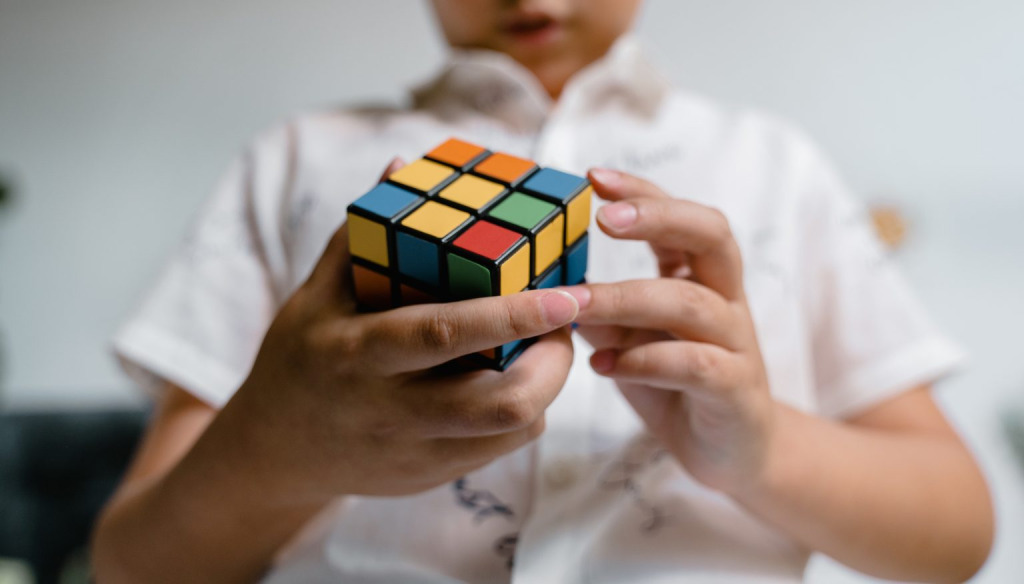
This myth is not only false — it’s harmful.
Neurodivergence refers to differences in how the brain processes information. This includes ADHD, autism, dyslexia, dyspraxia and other conditions. These differences do not reflect a lack of intelligence — in fact, many neurodivergent individuals have exceptional creativity, focus, memory, or problem-solving strengths.
Reducing intelligence to a single way of thinking or learning does a disservice to everyone — not just neurodivergent people.
Myth 7: “Brains can’t change”
Brains are not static. They grow, adapt, and respond to experience — throughout our lives.
Whether someone is recovering from a brain injury, adjusting to a neurological diagnosis, or simply learning a new skill, the brain can rewire and reorganise itself. This ability, known as neuroplasticity, is central to how people recover, grow, and thrive — even in adversity.
Myth 8: “Brain myths don’t matter”
They do — because they shape how we treat one another.
These myths influence attitudes in schools, workplaces, and medical settings. They can limit opportunities, block access to support, and feed stigma. By replacing outdated beliefs with evidence-based understanding, we make space for a society that values inclusion, equity, and difference.
Dispelling brain myths isn’t just about science — it’s about dignity.
Let’s leave the myths behind
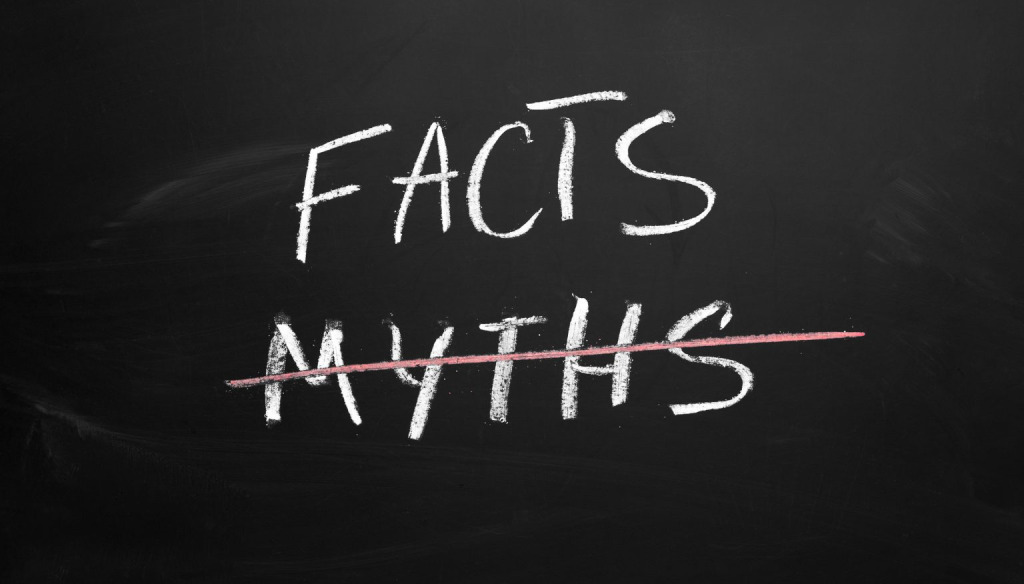
At The Brain Charity, we’re committed to improving public understanding of the brain through research and compassion. Everyone deserves access to accurate information and the support they need to thrive.
If you’d like to challenge neuromyths in your organisation, or need support for a neurological condition or difference, we’re here to help.
Contact us: hello@thebraincharity.org.uk
Final Thought
Brains are strange, brilliant, and mysterious — but they’re not magic.
They’re real, yours, and deserve to be understood.
Category: News
Published: 30 October 2025

